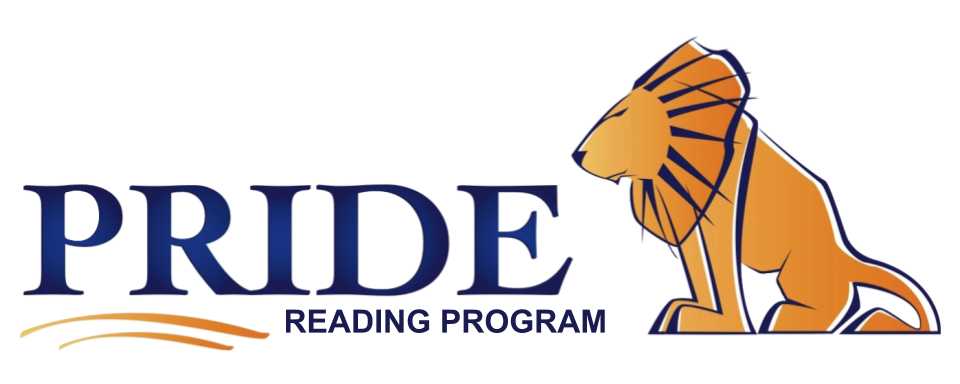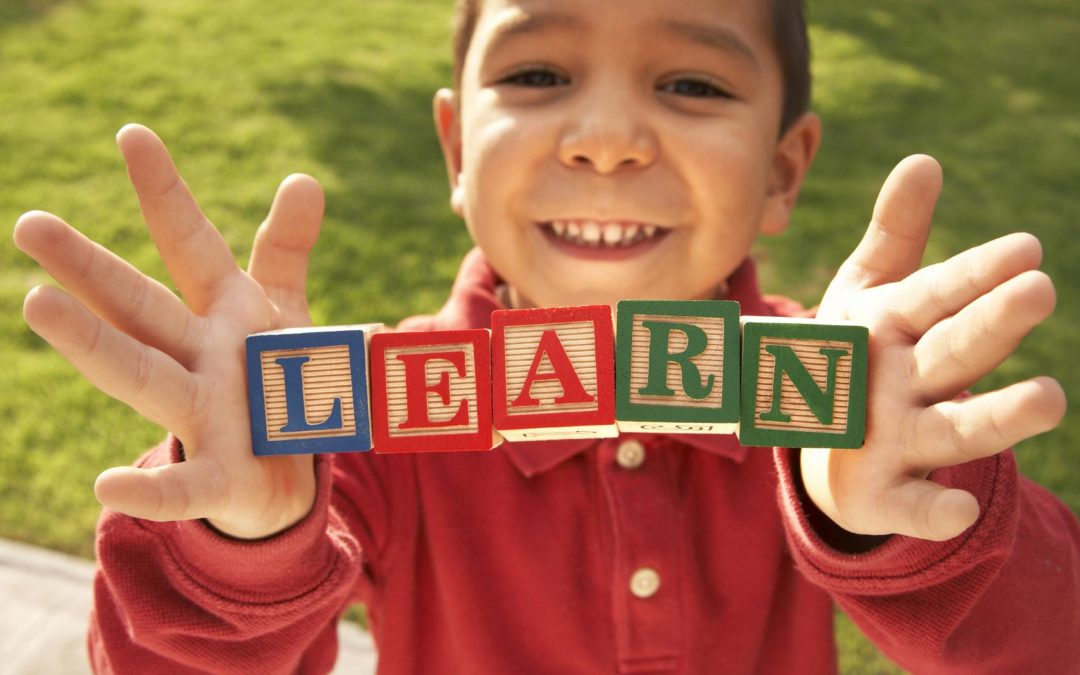
by PRIDE Reading Program Admin | Jan 30, 2018 | A PRIDE Post, Multisensory Teaching, PRIDE Reading Program, Vocabulary
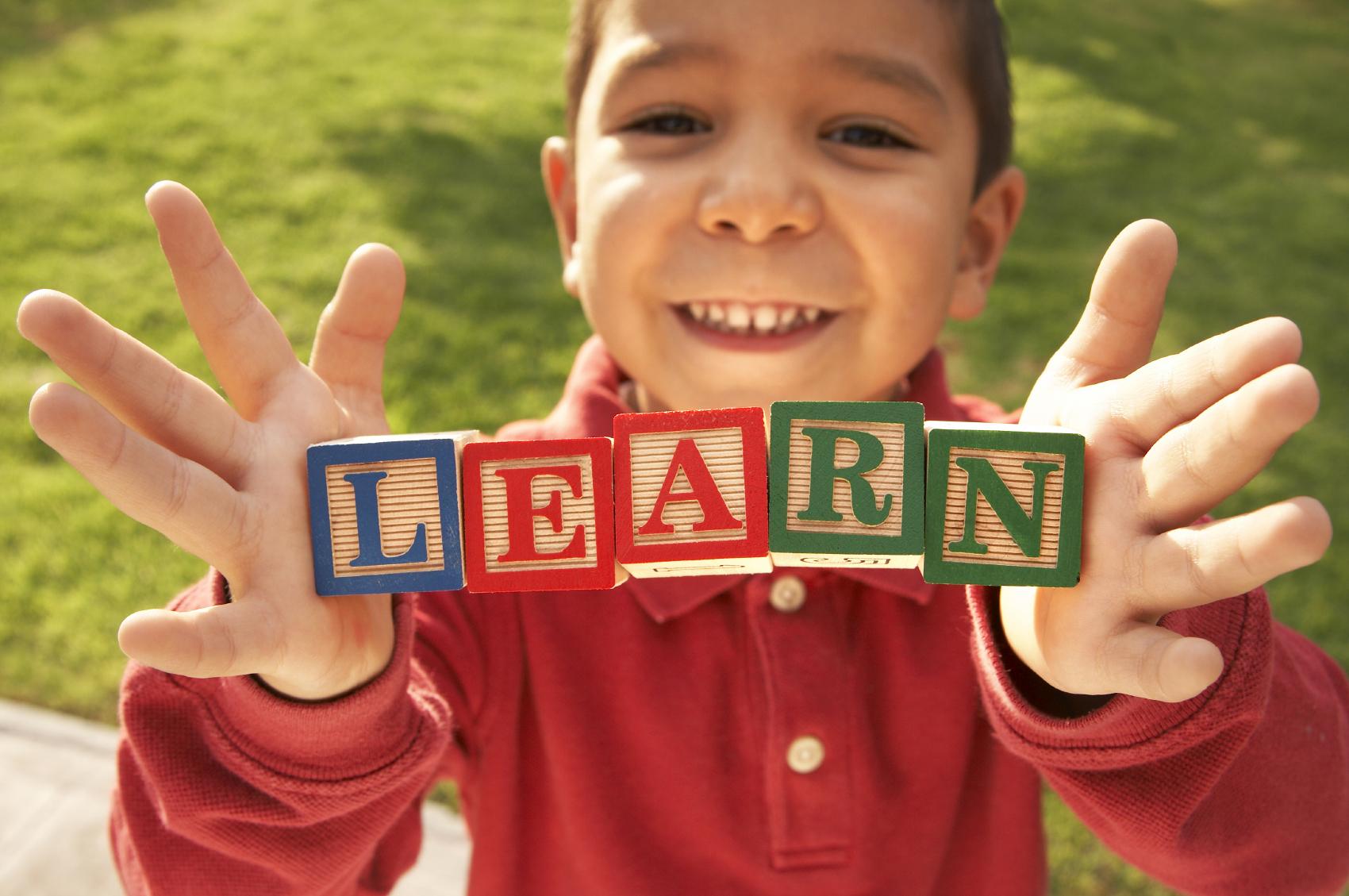
Children typically start Kindergarten knowing around 5000 words. During the next three grades they learn at least one thousand more new vocabulary words per year and by Grade 4, they are learning on average from one thousand to three thousand new vocabulary words per year! According to research, only some words are learned through direct vocabulary instruction in the classrooms or home study programs and all the rest is learned through reading itself! Now you understand why reading a lot is so important in the development of vocabulary. Here is the research – if you want to dig in to it a little deeper.
Reading a lot is the very best way for kids to learn vocabulary, but today I am going to focus on the other part of learning vocabulary. The methods and teaching of it. Although many strategies are effective for students with varying abilities, the following methods always work best for my kids to help make those vocabulary words really “stick”:
How to Introduce Vocabulary Words during Reading
1. Use “child-friendly” language with your child when explaining the words by using everyday language that the child can understand and connect with.
2. Personalize the word to your child that includes references to “you,” “something,” and “someone” to help your child make a personal connection with their own lives.
3. Have your child create their own examples of the word.
After your child understands the meaning of the vocabulary word it is time to write down that word and practice it. This is where you pull out those index cards and markers. Have the kiddos write the word on one side and write the definition on the back side. I review the flashcards with my kids constantly ( I’m talking all year) and it is really encouraging and motivating for the kids to see their vocabulary bundle grow bigger and bigger. I try not to over drill so whenever I can I use some fun review activities. Here are some that my kids really enjoy:
How to Practice Vocabulary Words
– in a fun way!
Click on the toggles below:
Draw the Word
Have your kids draw an image of each vocabulary word. Make the images funny and memorable so they really stick in the child’s mind. You can also use this drawing on their flashcards.
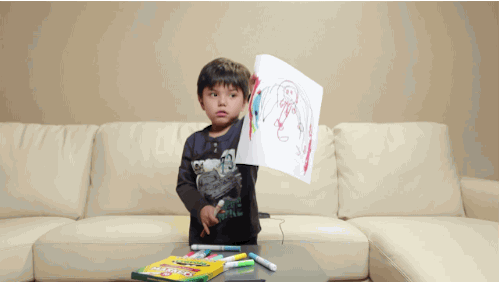
Play Charades
Make a game out of learning the vocabulary words – like playing charades. Take turns where your child has to act out the word and you have to guess it, and then the other way around.
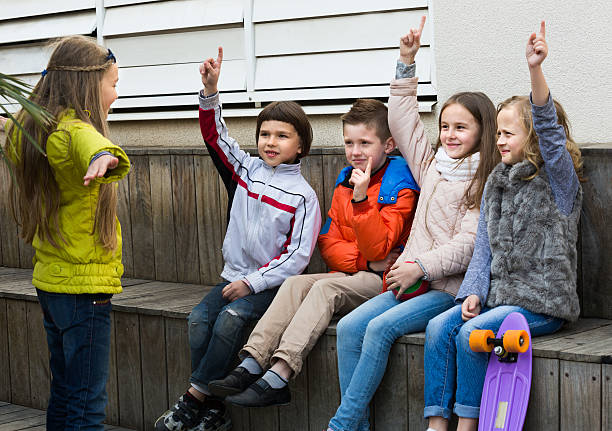
Write a Story
You can have your child incorporate the vocabulary words into a fun and creative story. This will really help them spell and practice using the words in sentences.
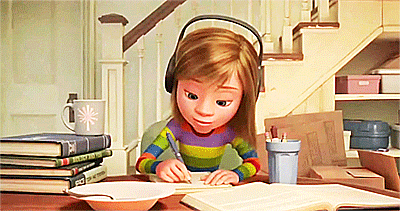
Vocabulary Word of the Day
This is the very best way to practice vocabulary and use the entire family in the process. Post one of the flashcards up on the front door. Every time your child walks in and out of the door they have to give you the word in a sentence. Make the whole family participate in it – so much fun! You can also make it Vocabulary of the Week – if the child (or anyone else in the family) needs extra practice time.
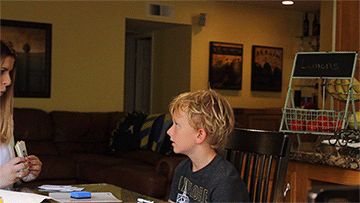

A Word About Audiobooks…
Listen to audiobooks regularly! Audio books will help expand your child’s listening vocabulary. Later on, when your child runs into the same word in print, they will be better able to decipher the word and its meaning by having already had the exposure to it beforehand. I always have my kids listen to a novel first, before reading it. It gives them the pronunciation of those difficult to pronounce locations, names and other Proper Nouns that they struggle with when reading. My local library offers free audiobooks with a library card, see if your local library offers the same service. If not you can purchase audiobooks from Amazon or iBookstore. If your child has been diagnosed with a learning disability you can also look into Learning Ally which is a non profit volunteer organization.
I hope these vocabulary methods and strategies work as well with your kids as they do with mine. If you have any other methods or tips that work for you, please include them in the comments section of this post. If you enjoyed reading this post, you might also enjoy reading Spelling With Letter Tiles.
Thank you so much for visiting my Blog today!
Karina Richland, M.A., is the author of the PRIDE Reading Program, a multisensory Orton-Gillingham reading, writing and comprehension curriculum that is available worldwide for parents, tutors, teachers and homeschoolers of struggling readers. Karina has an extensive background in working with students of all ages and various learning modalities. She has spent many years researching learning differences and differentiated teaching practices. You can reach her @ info@pridereadingprogram.com or visit the website at www.pridereadingprogram.com
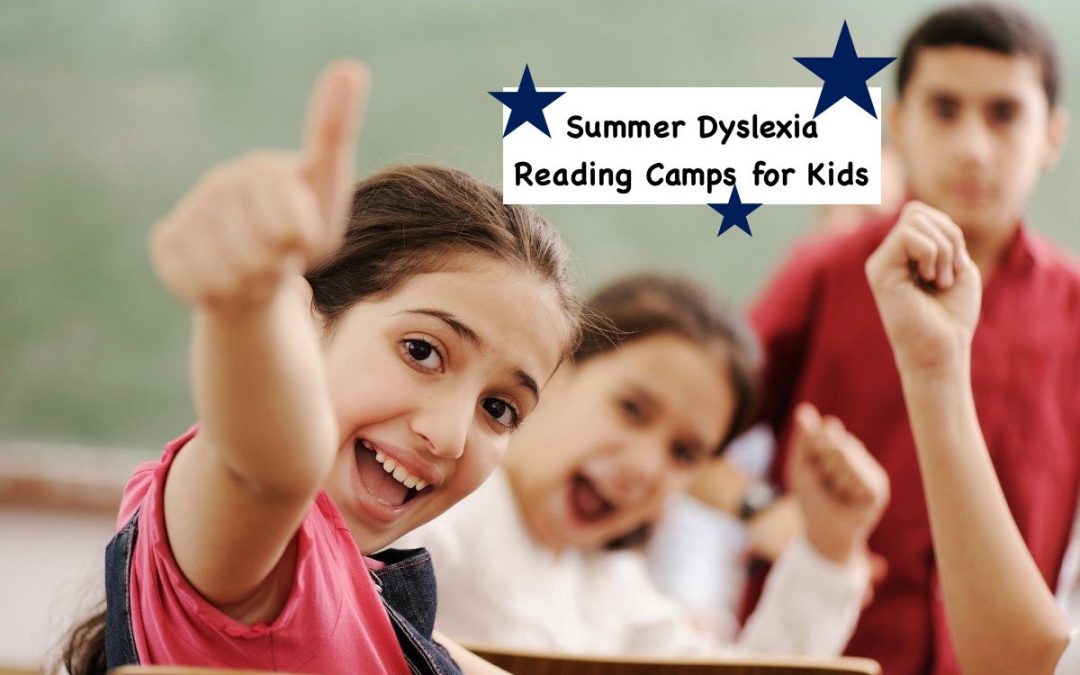
by PRIDE Reading Program Admin | Jan 17, 2018 | A PRIDE Post, Dyslexia, Summer Programs
As much as I really want to give my kids a break in the long summer months, I also know that taking a total break is not a good idea. Scientific data clearly shows that many kids lose valuable reading skills over the summer. For a child with dyslexia, who has worked especially hard all school year, this can be devastating, So…. how can we balance fun and learning and also not regress? Well, consider a summer dyslexia reading camp as an option. Kids usually work hard in the mornings, and then still get all afternoon to play play play. Here is a list of recommended summer dyslexia reading camps.
PRIDE Learning Center
PRIDE’s Summer Dyslexia Reading Camps offers a fantastic program to give kids a giant boost in reading, writing, spelling and comprehension. PRIDE uses an Orton-Gillingham, multisensory reading approach that is delivered one-on-one with a reading specialist.
The kids attend the dyslexia camp from 9-12 Monday – Friday for 4 weeks. In these 4 weeks most kids go up 1-2 reading grade levels. The one-on-one is really the key to the kids progressing so rapidly. A sample daily schedule looks like this:
9:00 – 10:00: Orton-Gillingham Reading Instruction
10:00 – 10:10: Break
10:10 – 11:00: Orton-Gillingham Reading Instruction
11:00 – 11:10: Break
11:10 – 11:50: Orton-Gillingham Reading Instruction
11:50 – 12:00: Pick up and updates
After the instruction there is still plenty of time in the day to go to the beach, swimming pool, rest at home or just play play play. You can check out their summer dyslexia reading camp page here for more information and registration.
Check out the PRIDE Learning Center video here:
Can’t afford to send your child to a summer dyslexia reading camp?
Don’t fret! I have a fantastic option for you. If you are up to it, you can run your own 4-week dyslexia reading camp. Yup, no joke. Here is how you do it:
Step 1: You purchase a subscription and train yourself in the PRIDE Reading Program. This is an Orton-Gillingham reading curriculum that is used by homeschooling parents of children with dyslexia all over the United States as well as abroad. It is extremely easy to learn and easy to follow as it is heavily scripted out. It is also very affordable. Best of all …… it works wonders!
Step 2: After the morning one-on-one sessions with you (or you can always hire a tutor and give them the program to use), send your kiddo to a recreational, outdoors afternoon group camp (surfing, fishing, swimming, art, music, etc.) or set up your own homeschool summer camp. Yup, after 2-3 hours a day of intensive one-on-one Orton-Gillingham instruction, the kiddos deserve something outdoors and something fun. Call it a 4- week Orton-Gillingham homeschool camp. Save a ton of money.
Feel free to contact me with any questions you might have and PLEASE let me know how your summer dyslexia reading camp adventures go. For more dyslexia tips, check out How do kids with Dyslexia learn to read and spell?
Thank you so much for visiting my Blog today!

Karina Richland, M.A., developed the PRIDE Reading Program, an Orton-Gillingham program for struggling readers, based on her extensive experience working with children with learning differences over the past 30 years. She has been a teacher, educational consultant and the Executive Director of PRIDE Learning Centers in Southern California. Please feel free to email her with any questions at info@pridelearningcenter.com. Visit the PRIDE Learning Center website at www.pridelearningcenter.com.
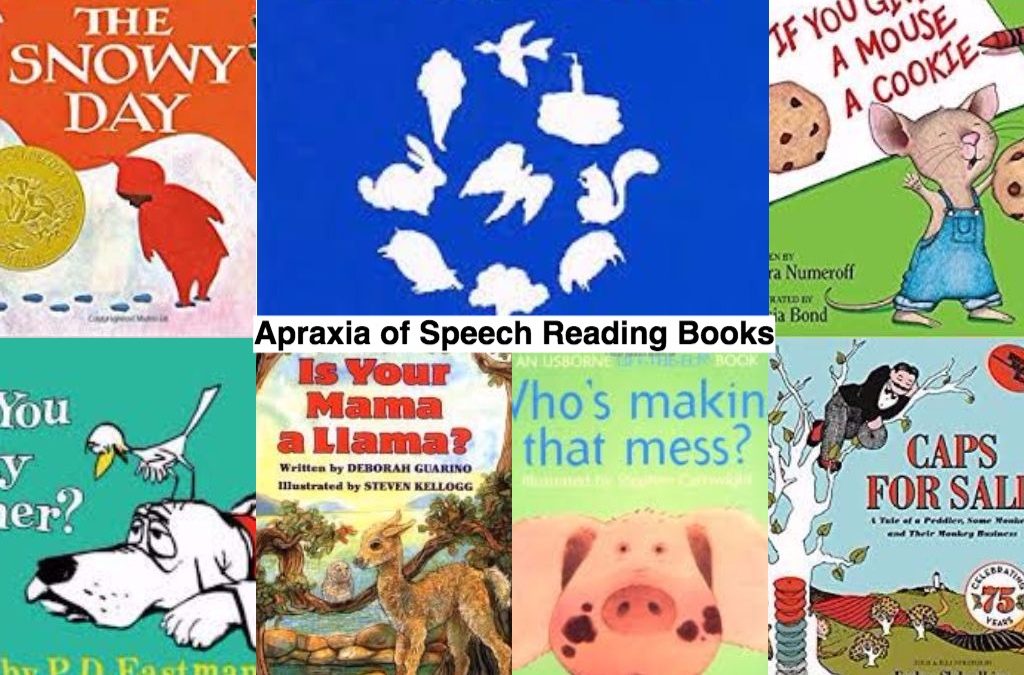
by PRIDE Reading Program Admin | Nov 8, 2017 | A PRIDE Post, Apraxia of Speech

Reading is an excellent tool in helping kids with apraxia of speech find their voice. Kids love reading books that are colorful, predictable and highly repetitive. For kids with apraxia of speech this repetition is crucial.
Repetitive books help kids with apraxia of speech grasp the content of the story much easier. When kids have less to think about, they can have fun and relax in the story. It also allows the child to repeat the language over and over again, getting comfortable with the words and sentences and looking forward to filling in the blanks with new words that really capture their attention. Kids LOVE reading the same books over and over again and that is a really good thing for children with Apraxia of Speech.
Here are a few of my favorite books to read with kids that have Apraxia of Speech. If you would like to purchase any of these books, I have included links:
- Blue Hat, Green Hat (Boynton, S.)
- Goodnight Moon (Brown, M.)
- Dear Zoo: A Lift The Flap Book (Campbell, R.)
- Have You Seen My Cat? (Carle, E.)
- 1, 2, 3 to the Zoo (Carle, E.)
- Jesse Bear, What Will You Wear? (Carlstrom, N.W.)
- Who’s Making That Mess? (Cartwright, S.)
- Five Little Monkeys Jumping on the Bed (Christelow, E.)
- Are You My Mother? (Eastman, P.D.)
- Green Eggs and Ham (Eastman, P.D.)
- Go Dog, Go! (Eastman, P.D.)
- Up to Ten and Down Again (Ernst, L.C.)
- Is Your Mama A Llama? (Guarino, D.)
- Jump, Frog, Jump! (Kalan, R.)
- The Snowy Day (Keats, E.)
- Brown Bear, Brown Bear, What Do You See? (Martin, B.)
- If You Give A Mouse A Cookie (Numeroff, L.)
- A Bubble (Pereira, L.)
- The Big Book of Exclamations! (Peterson, T.K.)
- It Looked Like Spilt Milk (Shaw, C.B.)
- Sheep In A Jeep (Shaw, N.)
- Caps For Sale (Slobodkina, E.)
- Hi, Pizza Man (Walter, Virginia)
- “Buzz, Buzz, Buzz” Went Bumblebee (West, C.)
- I Don’t Care! Said the Bear (West, C.)
- I Went Walking (Williams, S.)
- The Little Old Lady Who Was Not Afraid of Anything (Williams, L.)
- The Napping House (Wood, A.)
When reading these highly repetitive and predictable books with your child, keep in mind that a child with Apraxia of Speech will need just a little extra time to fill in those repetitive and highly predictable phrases. Remember, it is hard for them and it’s so important to keep patient and keep it fun!
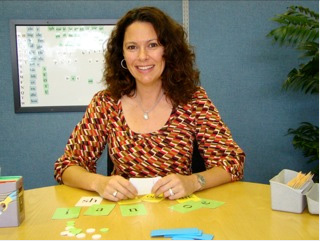
Karina Richland, M.A., is the Executive Director of PRIDE Learning Centers, LLC, an educational company that works with children in special education and focuses on reading, writing and comprehension help. She is also the author of the PRIDE Reading Program, a multisensory Orton-Gillingham reading, writing and comprehension curriculum that is available worldwide for parents, tutors, teachers and homeschoolers of struggling readers.
Karina has an extensive background in working with students of all ages and various learning modalities. She has spent many years researching learning differences and differentiated teaching practices. You can reach her at info@pridelearningcenter.com
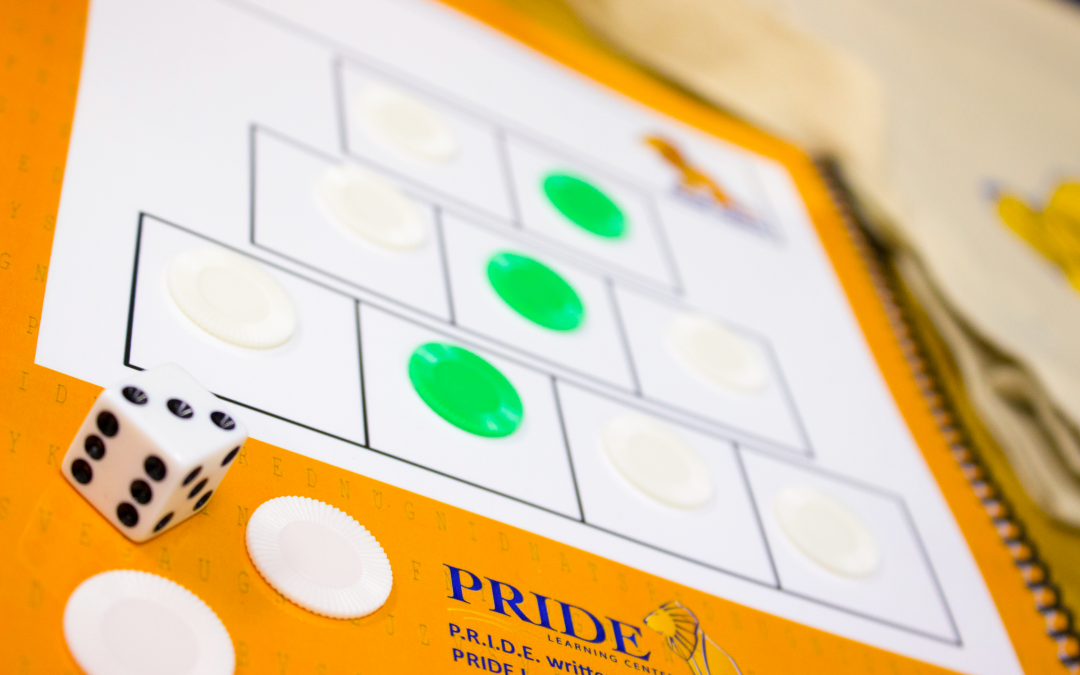
by PRIDE Reading Program Admin | Nov 6, 2017 | A PRIDE Post, Phonological Awareness, Reading Skills
To be ready to read, a child not only needs to know the letters of the alphabet but also must be aware that his or her own speech is made up of segments that differ from letters. These segments are called phonemes. I will try not to use too much teacher jargon in this blog, but this term is worth learning because it is critical to understanding reading and phonemic awareness. Without phonemic awareness, a child cannot read.
What is Phonemic Awareness
Phonemic awareness is the ability to identify and manipulate the individual speech sounds into spoken words. For example the word cat has three sounds – /c/, /ă/ and /t/. The word heat also has three sound /h/, /ē/, /t/ because the letters ea make one sound. Words can be divided into several other units such as syllables and rhymes. The smallest unit of sound in our language is a phoneme and there are forty four of them!
Phonemes do not correspond one-to-one with letters because some sounds are represented with two letters, like sh, ch, th and ng. The awareness of the separate sounds in a word is what we call phonemic awareness. It is an auditory skill that underlies the ability to use an alphabet to read and write. A child who can recognize that the word cat has three speech sounds, the word eye has one, and the word eat has two, possesses basic phonemic awareness.
If a child can change the /m/ sound at the beginning of the word mat to /r/ and know that the word is now rat, has demonstrated an even larger degree of phonemic awareness. This child can compare the sounds in words, substitute a new sound for an old one, and blend the sounds to make a new word.
Phonemic Awareness Activities
When I developed the PRIDE Reading Program, I made extra sure that every single lesson and skill the students learn also include phonemic awareness activities. A few examples of what the students have to do in the PRIDE Reading Program:
Identify rhymes – “tell me all of the words you know that rhyme with the word “heel.”
Listening for sounds – “close your eyes as I read some words to you. When you hear the “ū” sound, raise your hand.”
Manipulating sounds in words by adding, deleting or substituting – “in the word LAND, change the L to H.” (hand)
On the back cover of each of the Student’s Workbook there is a set of Elkonin Boxes to help the students build phonemic awareness. The students are instructed to listen to a word and then move the sound tokens into a box for each sound in the word.
As the students progress in the PRIDE program, they eventually break the words apart into syllables, and separate the syllables into sounds.
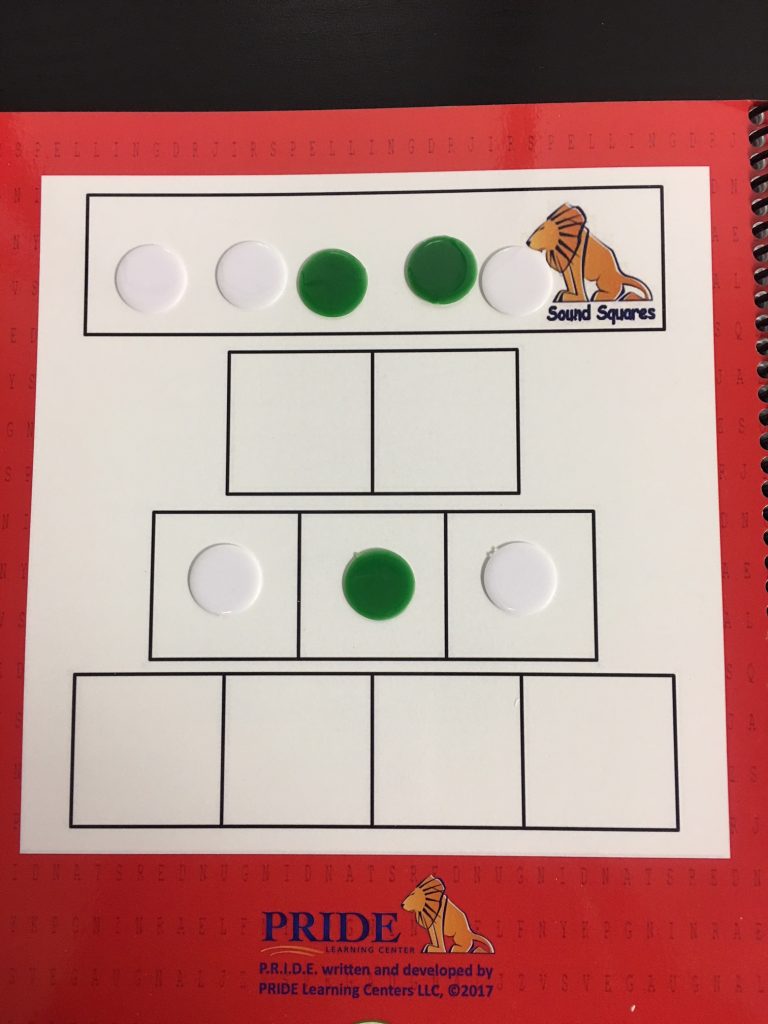
Success in reading depends on basic phonemic awareness. Without a sense of the sounds that letters represent, the child approaches reading as just memorizing letters. With phonemic awareness, the child can link letters to the sounds in words in order to decipher and spell them. Phonics is an approach to teaching reading in which the child is taught to associate letters with sounds and to use that knowledge to sound words out by blending the sounds from left to right.
It has been well known by researchers for the last 20 years that phonemic awareness and letter knowledge are the two best predictors of how well a child will learn to read during his or her first few years of school. The National Reading Panel’s report confirmed that instruction in phonemic awareness helps children learn early reading skills.
Phonemic Awareness in Action!
Here is a sample video of me teaching a student phonemic awareness with Elkonin Boxes:
Karina Richland, M.A., developed the PRIDE Reading Program, an Orton-Gillingham program for struggling readers, based on her extensive experience working with children with learning differences over the past 30 years. She has been a teacher, educational consultant and the Executive Director of PRIDE Learning Centers in Southern California. For more information, visit the PRIDE Reading Program website here. You can also reach her by email at info@pridelearningcenter.com

by PRIDE Reading Program Admin | Oct 30, 2017 | A PRIDE Post, Spelling

My favorite part about teaching spelling with the PRIDE Reading Program is using the Letter Tiles. Each spelling lesson is multisensory since the kids are using both their visual and their kinesthetic modalities moving the tiles around to build words. Spelling with letter tiles is fun, interactive and engaging.
What are Letter Tiles?
In the PRIDE Reading Program, the Letter Tiles are those tiny color-coded squares that have each phoneme of the English language printed on them. They are used by the students when practicing a new concept or skill. The kids are given 10 words to build with their tiles. They say the word, bring down each sound they hear in the word and then blend the sounds together to read the word. Spelling with letter tiles is a step-by-step process.
Why use Letter Tiles?
Because each Letter Tile is a different color, it helps the kids visualize the more abstract concepts. In the PRIDE Reading Program, the consonants are all white, the vowels are all green. Therefore, when the kids are building words, the vowels really stick out. It also gives the kids a visual of manipulating each sound in isolation to create words as well as break apart syllables. For kids that are “hands on” learners, spelling with Letter Tiles are very helpful in building lasting memories to help make those difficult concepts (like learning the ea ) really “stick.”
How do Letter Tiles Work?
You have the option of placing the Letter Tiles in alphabetical order on a table or flat surface, or you can put magnets on the back of them and place them on a magnet board. I use both ways with my students in our Orton-Gillingham tutoring sessions, and the kids don’t seem to have a preference one way or the other.
In the PRIDE Reading Program, the letter tiles are used in every Practice Lesson and every Reinforcement Lesson. So, the kids are given plenty of opportunities to practice their new skills and also review their previously learned skills. Here is a sample video of me teaching a student spelling with Letter Tiles – it’s really short and quick, but gives you an overview.
Letter Tiles are a fantastic learning tool that helps kids learn to apply and use their spelling rules quickly and with accuracy. They are the perfect multisensory, fun and hands-on activity for kids taht are visual and kinesthetic learners. Do you use Letter Tiles in your spelling and reading lessons? If yes, please feel free to share what and how you do with with all of us! We welcome your feedback!
Karina Richland, M.A., is the author of the PRIDE Reading Program, a multisensory Orton-Gillingham reading, writing and comprehension curriculum that is available worldwide for parents, tutors, teachers and homeschoolers of struggling readers. Karina has an extensive background in working with students of all ages and various learning modalities. She has spent many years researching learning differences and differentiated teaching practices. You can reach her @ info@pridereadingprogram.com or visit the website at www.pridereadingprogram.com



